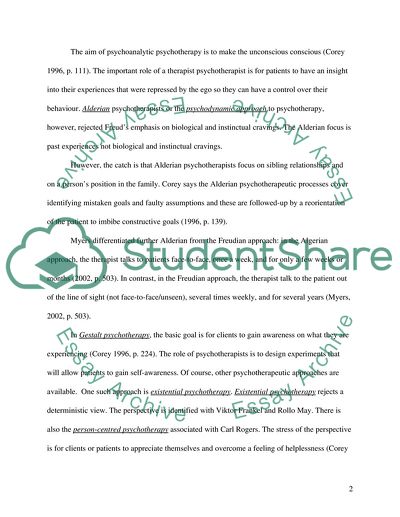Cite this document
(Alderian and Gestalt Approaches Case Study Example | Topics and Well Written Essays - 2750 words, n.d.)
Alderian and Gestalt Approaches Case Study Example | Topics and Well Written Essays - 2750 words. Retrieved from https://studentshare.org/psychology/1738946-therapy-method
Alderian and Gestalt Approaches Case Study Example | Topics and Well Written Essays - 2750 words. Retrieved from https://studentshare.org/psychology/1738946-therapy-method
(Alderian and Gestalt Approaches Case Study Example | Topics and Well Written Essays - 2750 Words)
Alderian and Gestalt Approaches Case Study Example | Topics and Well Written Essays - 2750 Words. https://studentshare.org/psychology/1738946-therapy-method.
Alderian and Gestalt Approaches Case Study Example | Topics and Well Written Essays - 2750 Words. https://studentshare.org/psychology/1738946-therapy-method.
“Alderian and Gestalt Approaches Case Study Example | Topics and Well Written Essays - 2750 Words”, n.d. https://studentshare.org/psychology/1738946-therapy-method.


